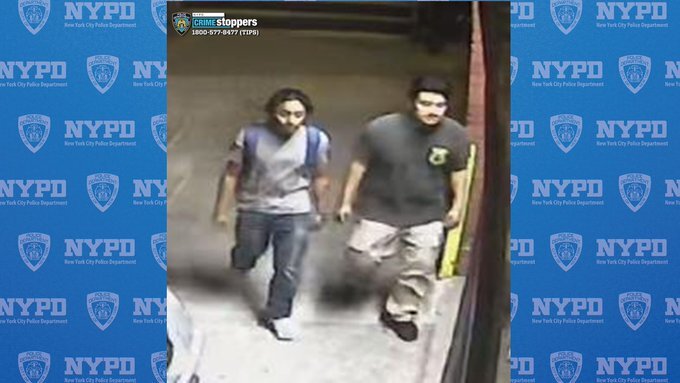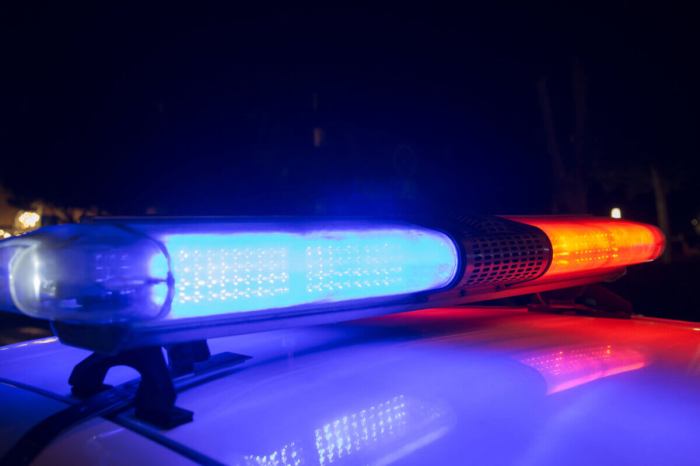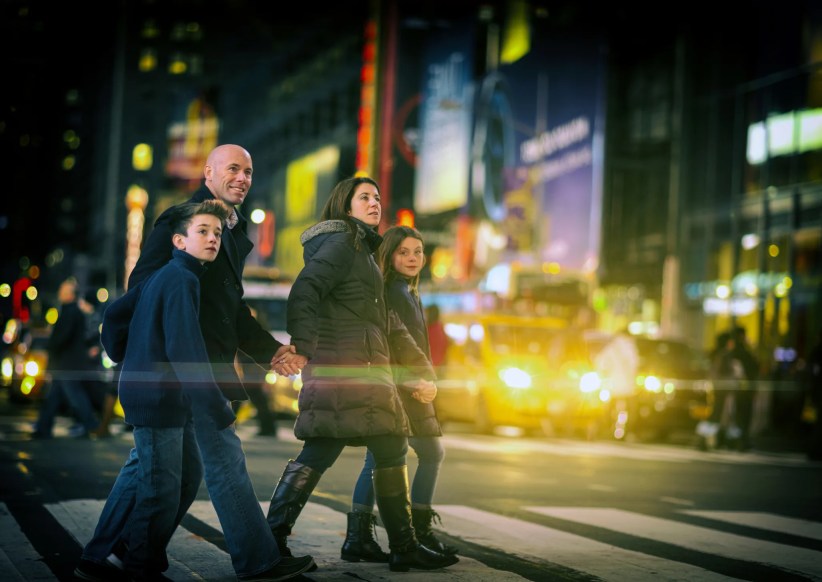BY MAGGIE HAYES AND TERENCE M. CULLEN
The quest to curb gun violence continues. Politicians within the borough are searching for what they can do at a local level.
Councilmember Peter Vallone, Jr., Chair of the Public Safety Committee, says gun buybacks can be effective in getting some old guns off the street, but will not likely bring in anything illegal.
Embattled State Senator Malcolm Smith said that during a buyback, the only way to determine a weapon’s legality is through tests run after the gun is returned. Illegal guns have been recovered, but because of a no-questions-asked policy, there is no way to trace a weapon back to any particular person.
Borough President Helen Marshall has held a number of buybacks over her almost 12 years in office, including one last summer.During her 2013 State of the Borough address, she promised another gun buyback event later this year. It is slated for early this summer, with a specific date still to be determined.
District Attorney Richard Brown hosted a gun buyback last August in Jamaica alongside the NYPD and Smith. A wave of violence in southeast Queens prompted the buyback, one part of Brown’s nine-point plan to combat shootings.
The daylong event recovered a slew of handguns, an AK-47 assault rifle and a TEC-9 semi-automatic weapon.
“As long as one gun can be turned in and save a life, there is no way to measure that,” Smith said. “There’s no predictable measure to say what the gun would have done nine months down the road.”
Although buyback programs have taken hundreds of guns off the streets and occasionally recovered illegal weapons, Vallone said they have not been the main way to fight gun violence in the city and are no substitute for police work.
The three-term legislator, who is also a candidate for borough president, said the highly debated stop-and-frisk policy has proven to be the best way of fighting shootings. Smith agreed, with the proviso that stop-and-frisk be done “without infringing on an individual’s constitutional rights.”
Stop-and-frisk has been criticized for alleged racial profiling and poor conduct by members of the NYPD. Vallone said oversight agencies are in place to weed out cops who “aren’t obeying the rules.”
Along with buybacks, stop-and-frisk and other policies, Smith suggested installing gun-free zones with a higher police presence.
“There are areas with a great deal of tension, what we call ‘hot spots,’ in these urban neighborhoods,” he said. “If you start putting those zones in these areas, you will drive people from having guns in their possession because they are subject to being questioned.”
He also suggested bringing in new NYPD technology that can detect a concealed weapon on a person. Gun scanners still in development read natural energy from people and objects and can detect when something like a weapon is blocking the radiation.
Vallone said there need to be background checks and waiting periods at all levels. Waiting periods were left out of the state’s Secure Ammunition and Firearms Enforcement (SAFE) Act passed earlier this year.
Vallone called for a nationwide waiting period between gun purchases. He said that would prevent out-of-state purchasers from providing guns to drug dealers and gangs.
During his weekly radio address on Sunday, April 28, Mayor Michael Bloomberg said gun violence was at record low. He attributed the stat to tighter gun legislation and the NYPD’s stop-and-frisk work.
“Here in New York City, we’ve done everything possible to take illegal guns off the streets,” Bloomberg said. “That includes helping to pass the toughest law in the nation against illegal possession of a loaded gun. It also includes smart, pro-active policing that makes it much more likely that if you break our city’s gun laws, you’ll be caught.”
As a result, Bloomberg said, murders in the city are down 34 percent and shootings are down 25 percent so far this year.
































